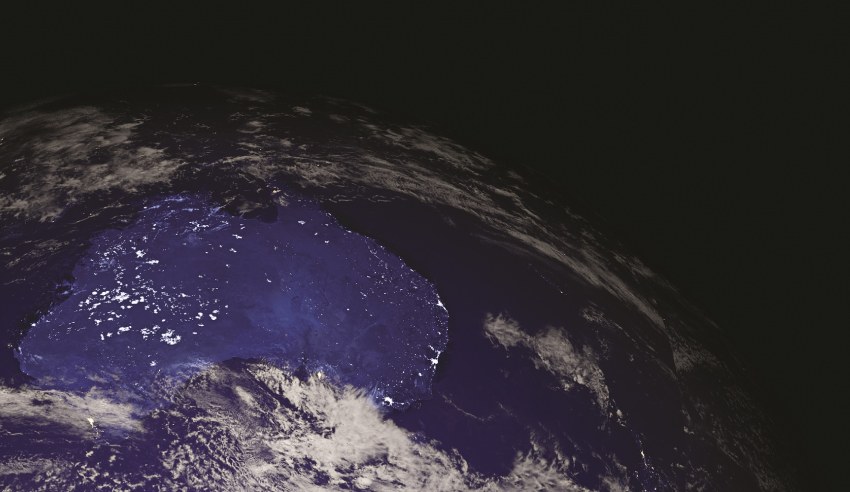
Minister for Resources and Northern Australia, Matt Canavan, told CQUniversity in Rockhampton that the new insights into a Satellite-Based Augmentation System (SBAS) across Australia and New Zealand showed "huge advantages for a range of industries".
“We all know how important GPS is to get us from point A to point B, but improved positioning is also essential to open up new opportunities for our businesses and industries,” Minister Canavan said.
“An 18-month test-bed by Geoscience Australia trialled new precise positioning technology across 27 projects in 10 industry sectors such as mining, farming, and even in the disability sector.
“An independent economic benefits analysis of the trial showed the economic benefits could top $6 billion in Australia over the next 30 years through increased productivity, better health and safety outcomes and improved environmental management.
The SBAS trial across the Australasian region was funded by $12 million from the Australian government, and a further $2 million from the New Zealand government.
“SBAS provides instant, accurate and reliable positioning without the need for mobile phone or internet coverage, improving the accuracy of GPS positioning from 5-10 metres down to 10 centimetres across Australia and its maritime zones," Minister Canavan said.
“This improved positioning is a particular game changer for operators who might be based in isolated areas, such as farmers and miners, with trials showing significant efficiencies across the board.
“The latest figures show a possible $820 million saving in feed and fertiliser over 30 years through improved pasture utilisation, while mining could see a saving of $577 million through improved efficiency of mining haul trucks.”
CQUniversity agriculture lecturer Dr Jaime Manning said the university had been undertaking a trial project to test the benefits of SBAS for livestock tracking.
“It’s great that we get to bring all this work together here at CQUniversity, because the trial was originally launched here in 2017,” Manning said.
“We have successfully demonstrated real benefits through the trial of SBAS-enabled GPS to improve the accuracy of on-animal sensing systems, which helps us to understand an animal’s behaviour and where they are in a landscape.
“For beef cattle producers in this region, this research means that in future we will be able to detect issues such as which parts of a paddock may be over-grazed, or if an animal is not moving normally and may be sick or lame.
“The enhanced accuracy provided by SBAS will also support the adoption of technologies like virtual fencing in more intensively-grazed pastures, which has been estimated in this report as potentially saving dairy farmers $100 per cow each year.”
The trial was led by Geoscience Australia in partnership with Land Information New Zealand with FrontierSI managing industry projects.
Receive the latest developments and updates on Australia’s space industry direct to your inbox. Subscribe today to Space Connect here.












